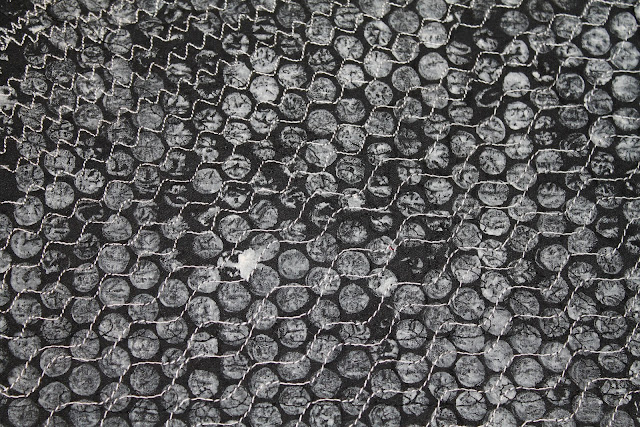 |
| 2/12/stage 2/1 |
 |
| 2/12/stage 2/2 |
 |
| 2/12/stage 2/3 |
 |
| 2/12/stage 2/4 |
 |
| 2/12/stage 2/5 |
 |
| 2/12/stage 2/6 |
 |
| 2/12/stage 2/7 |
 |
| 2/12/stage 2/8 |
 |
| 2/12/stage 2/1 |
 |
| 2/12/stage 2/2 |
 |
| 2/12/stage 2/3 |
 |
| 2/12/stage 2/4 |
 |
| 2/12/stage 2/5 |
 |
| 2/12/stage 2/6 |
 |
| 2/12/stage 2/7 |
 |
| 2/12/stage 2/8 |
 |
| 2/12/stage 1/1 |
 |
| 2/12/stage 1/2 |
 |
| 2/12/stage 1/3 |
 |
| 2/11/fabric 1 |
 |
| 2/11/fabric 2 |
 |
| 2/11/stitched 1 |
 |
| 2/11/stitched 2 |
 |
| 2/11/stitched 3 |
 |
| 2/11/stitched 4 |
 |
| 2/11/stitched 5 |
 |
| 2/11/stitched 6 |
 |
| 2/11/stitched 7 |
 |
| 2/11/stitched 8 |
 |
| 2/11/stitched 9 |
 |
| 2/11/stitched 10 |
 |
| 2/11/stitched 11 |
 |
| 2/11/stitched 12 |
 |
| 2/11/stitched 13: Samples together! |
 |
| 2/11/1 Further design exercises |
 |
| 2/11/2 Further design exercises- using the computer |
 |
| 2/11/3 Further design exercises- using the computer and some stack and whack designs |
 |
| 2/11/4 Further design exercises- some stack and whack designs |
 |
| 2/11/5 Further design exercises- Another Stack and whack idea |
 |
| 2/10/1 |
 |
| 2/10/2 |
 |
| 2/10/3 |
 |
| 2/10/4 |
 |
| 2/10/5 |
 |
| 2/10/6 |
 |
| 2/10/7 |
 |
| 2/10/8 |
 |
| 2/9/1 |
 |
| 2/9/2 |
 |
| 2/9/3 |
 |
| 2/9/4 |
 |
| 2/9/5 |
 |
| 2/9/6 |
 |
| 2/9/7 |
 |
| 2/9/8 |
 |
| 2/8/1: Ideas for decorative seams and trimmings |
 |
| 2/7/1: First stage log cabin- using patterned papers |
 |
| 2/7/2: Second stage log cabin- piecing fabric together |
 |
| 2/7/3: First stage Seminole method- paper ideas |
 |
| 2/7/4: Second stage Seminole method- Fabric samples |